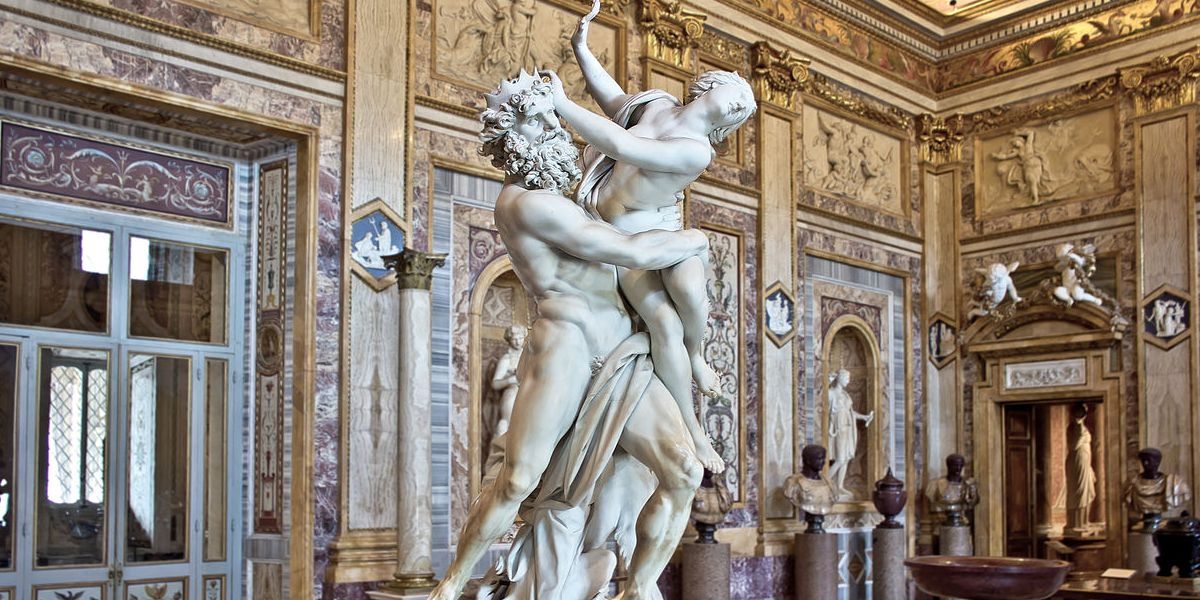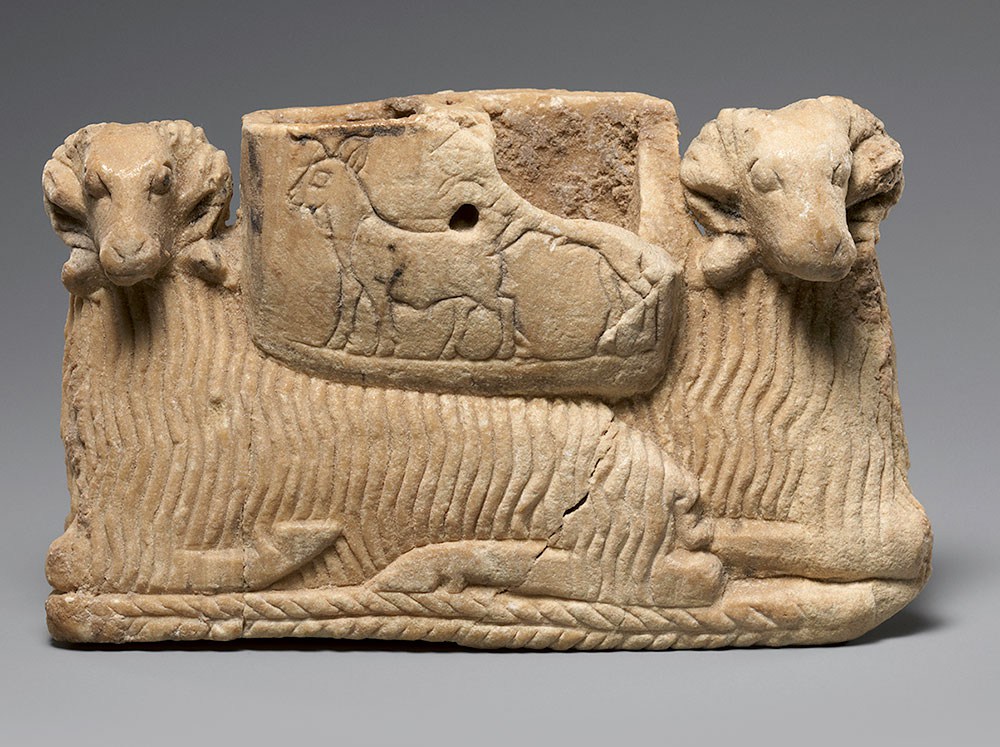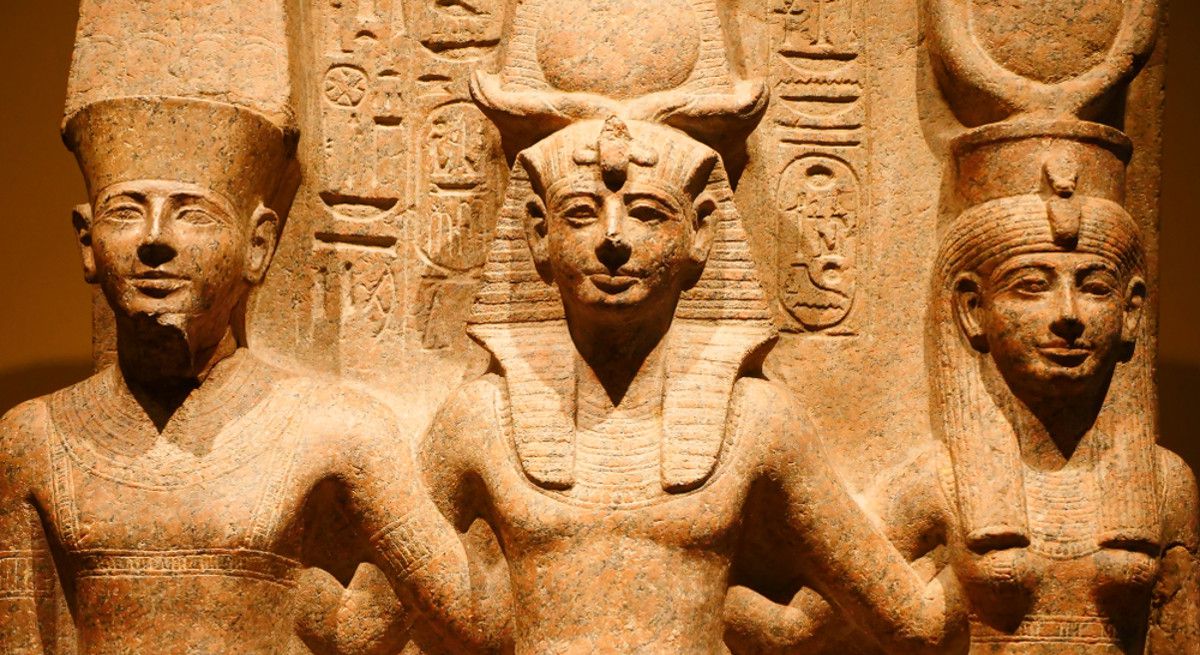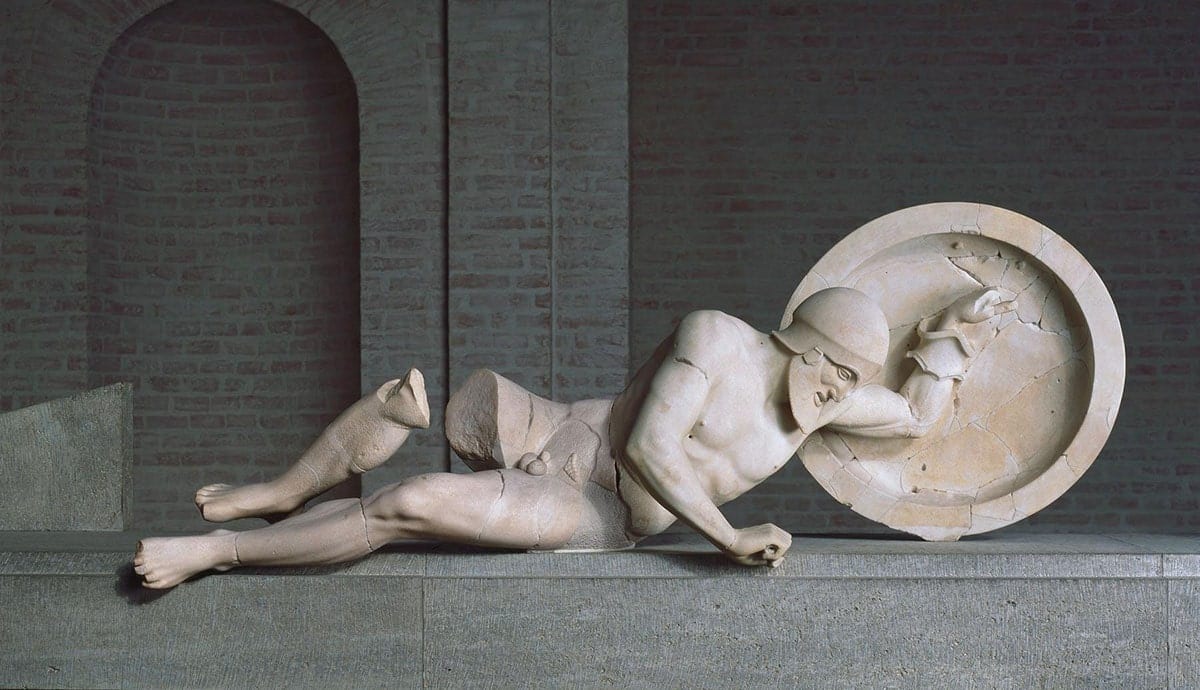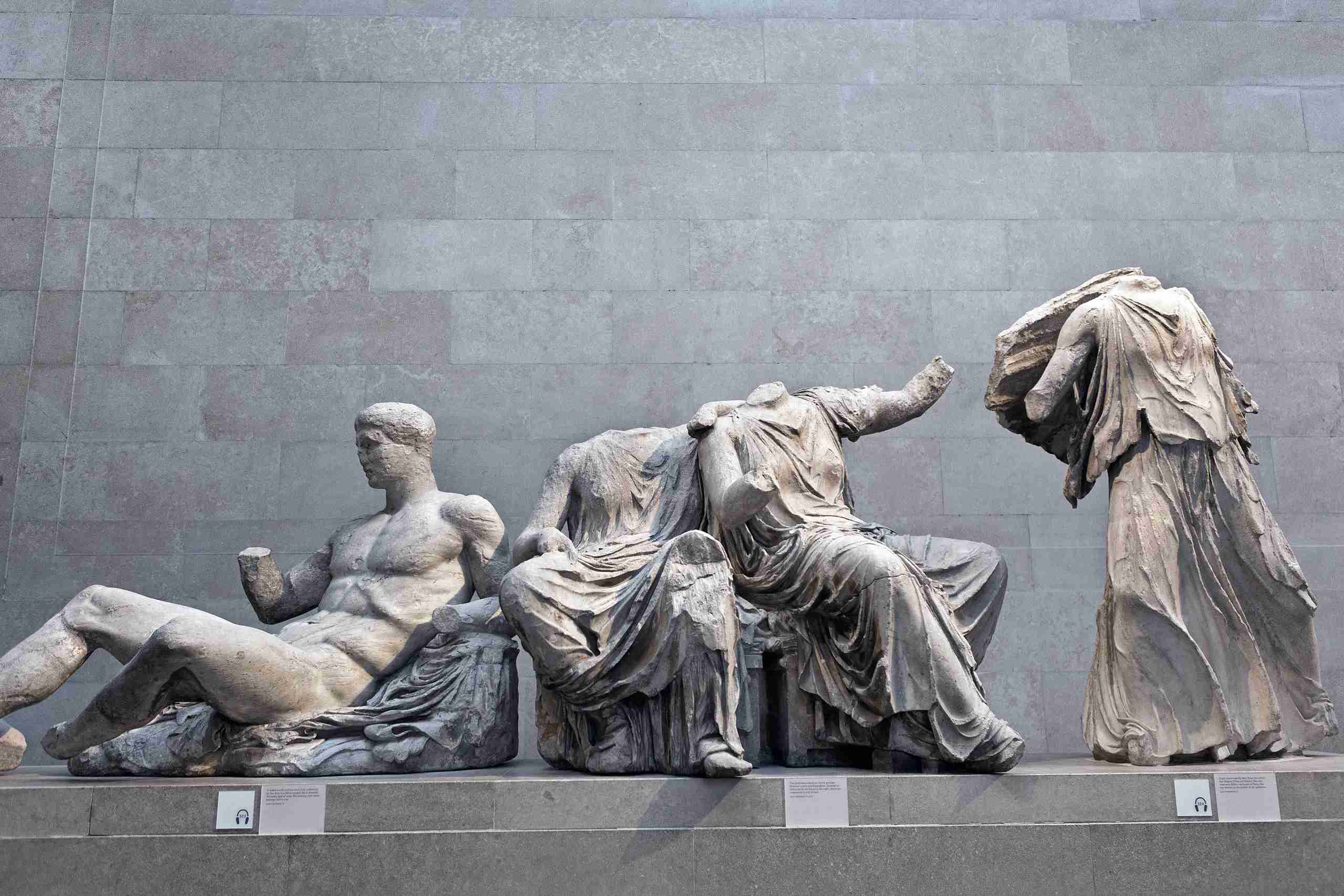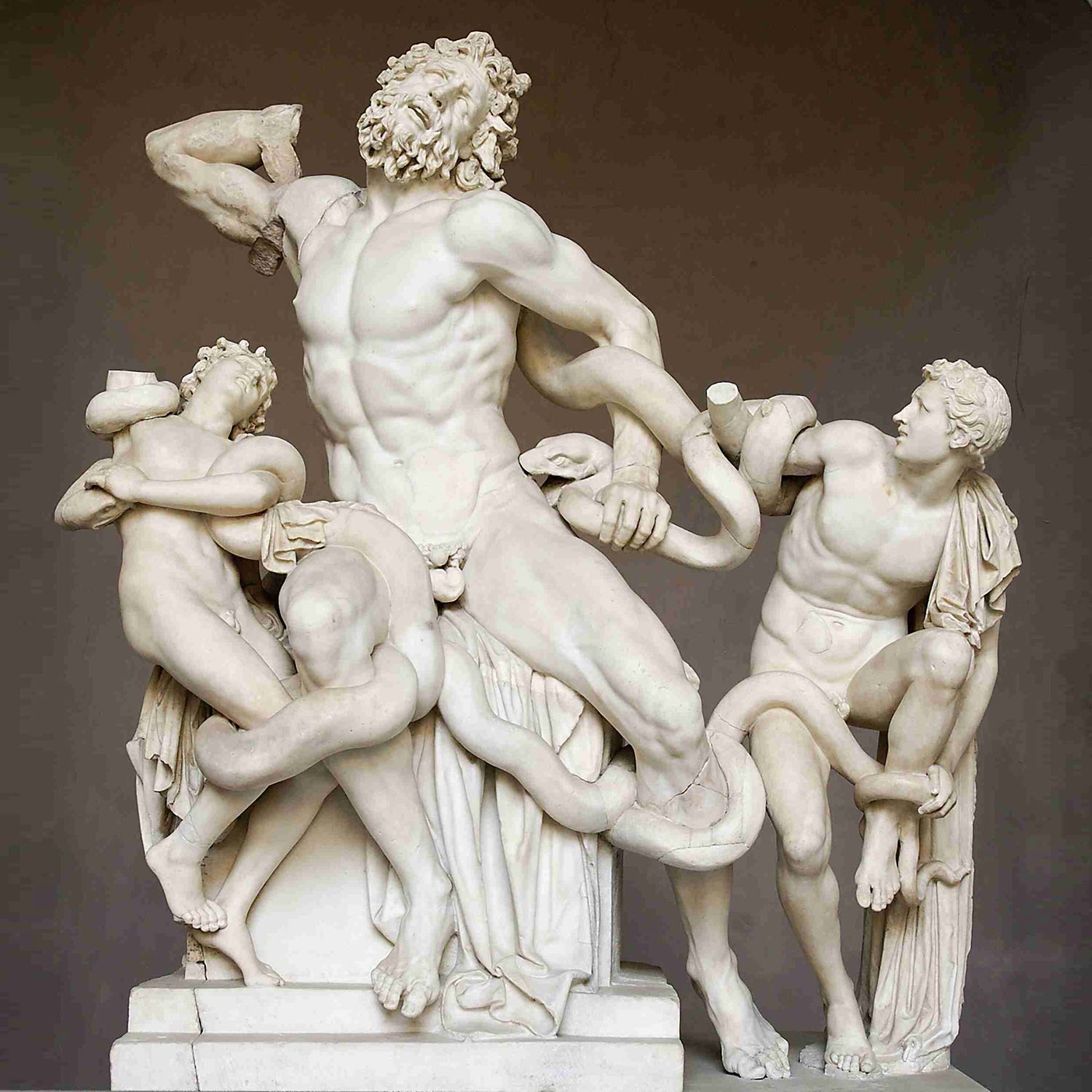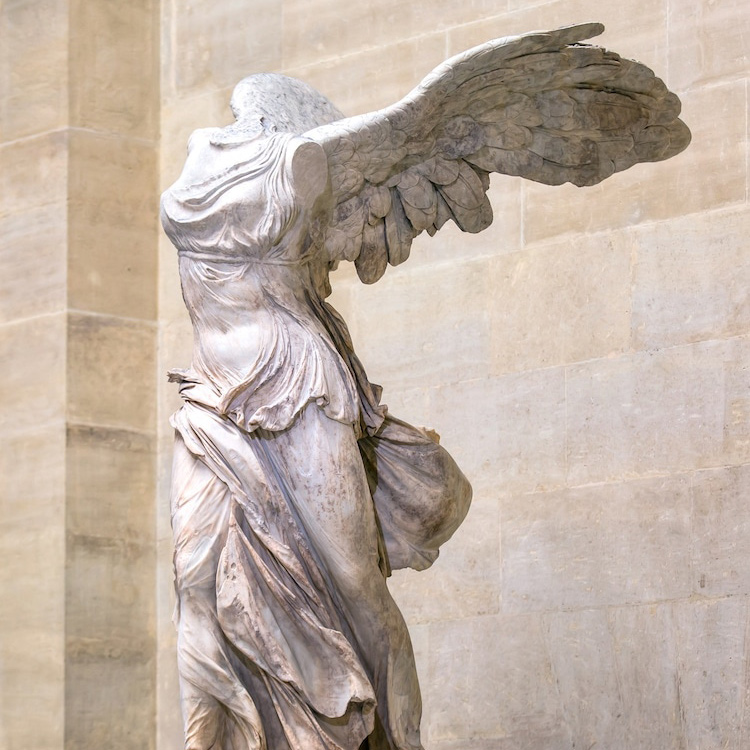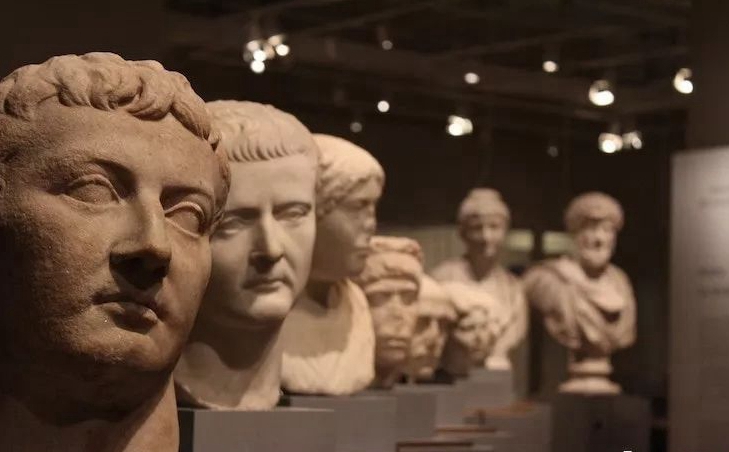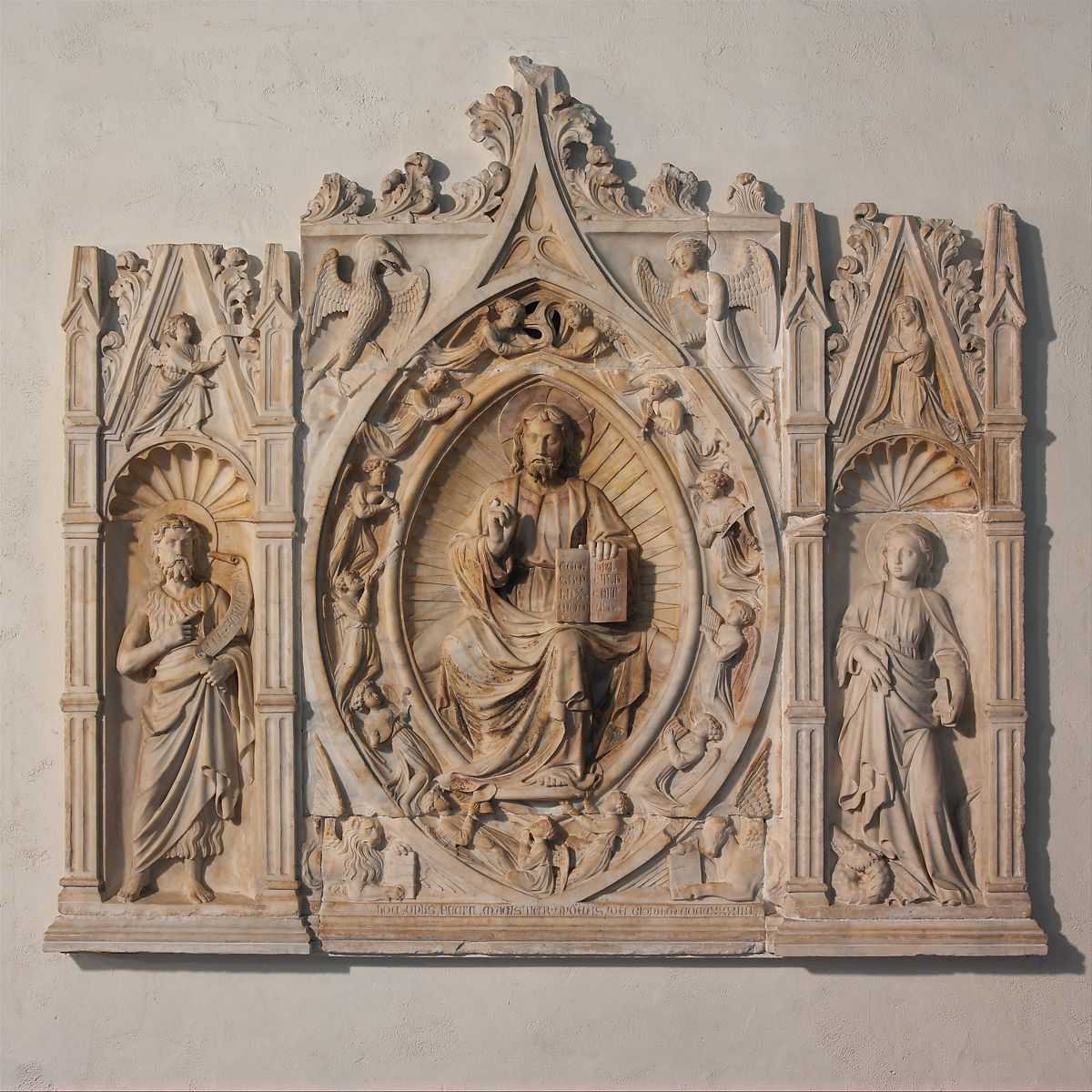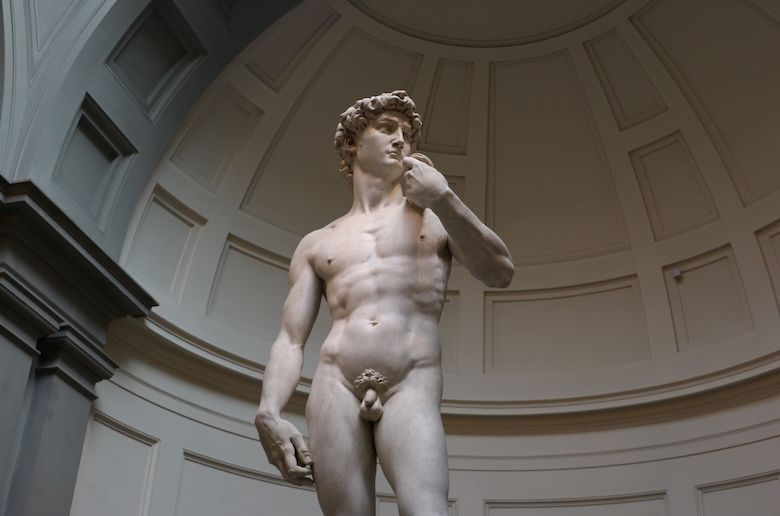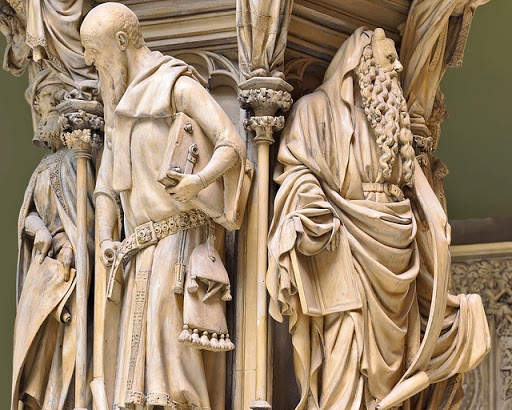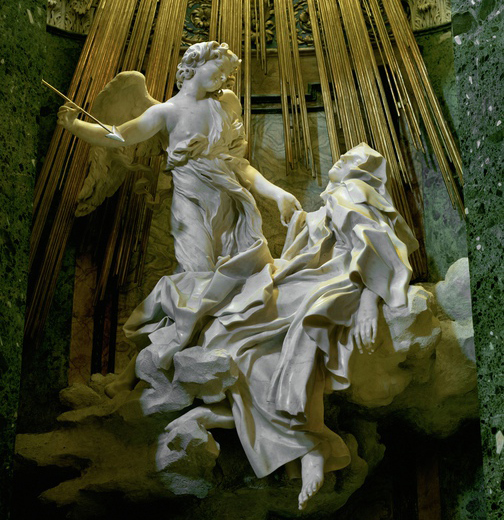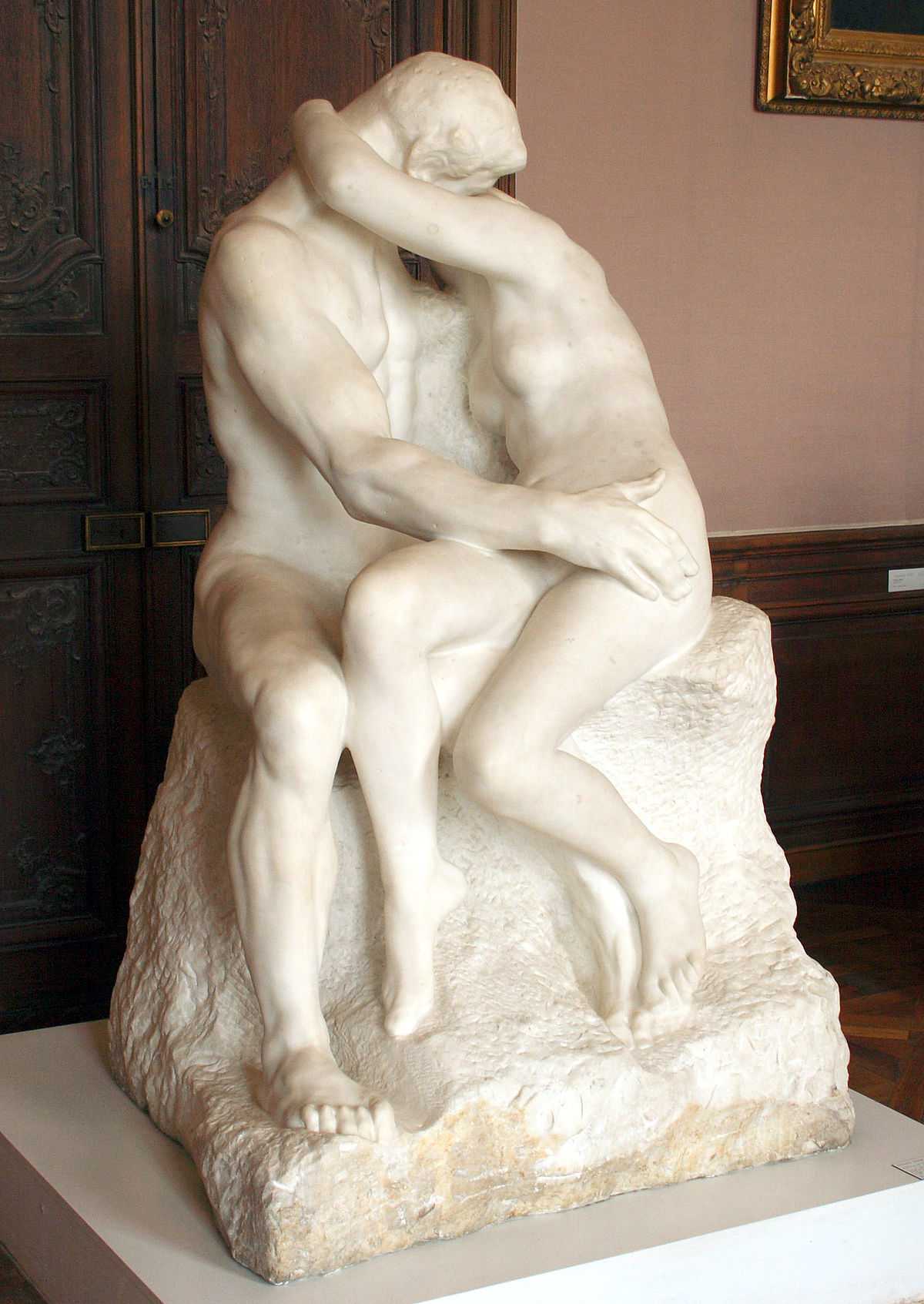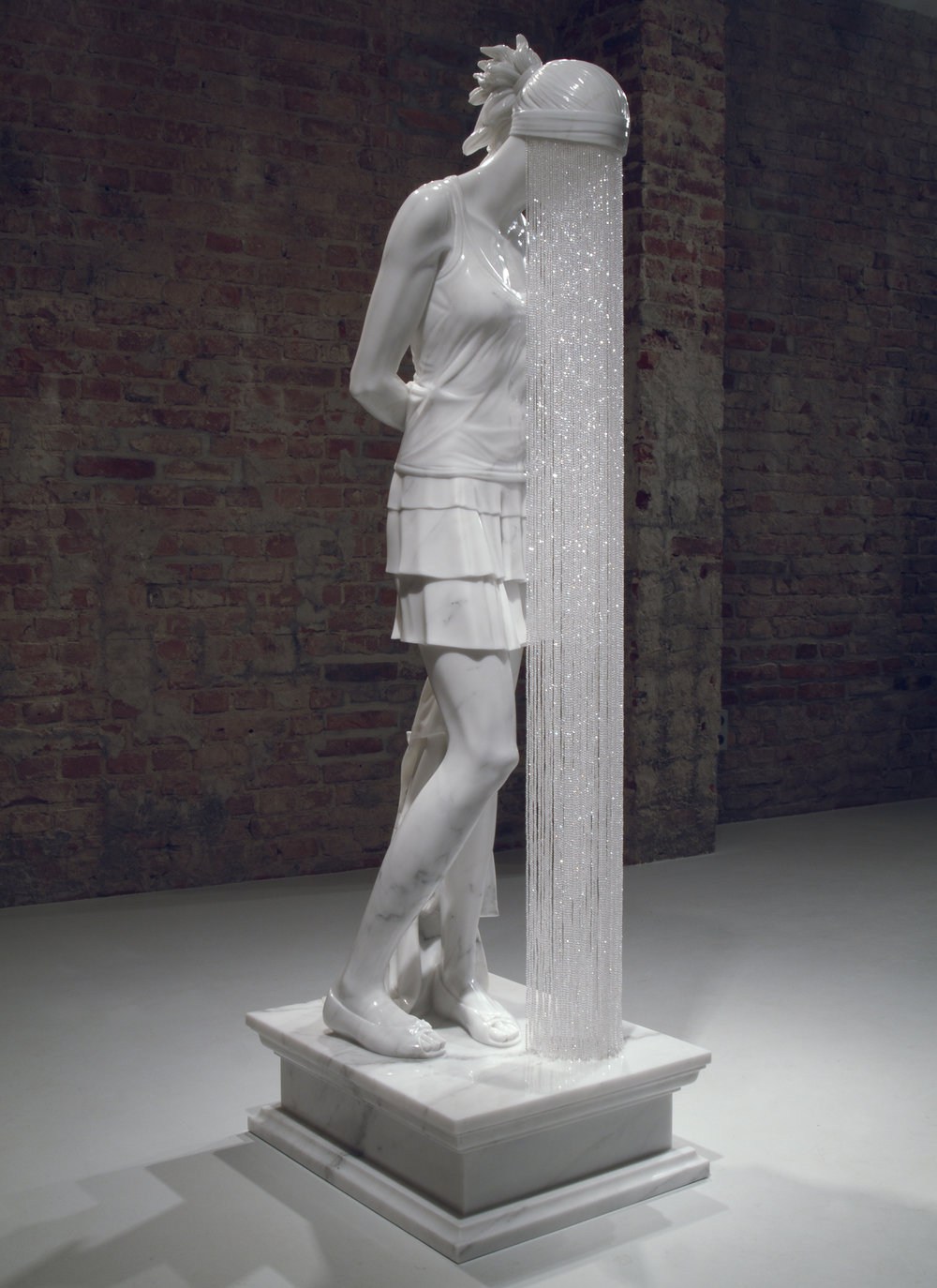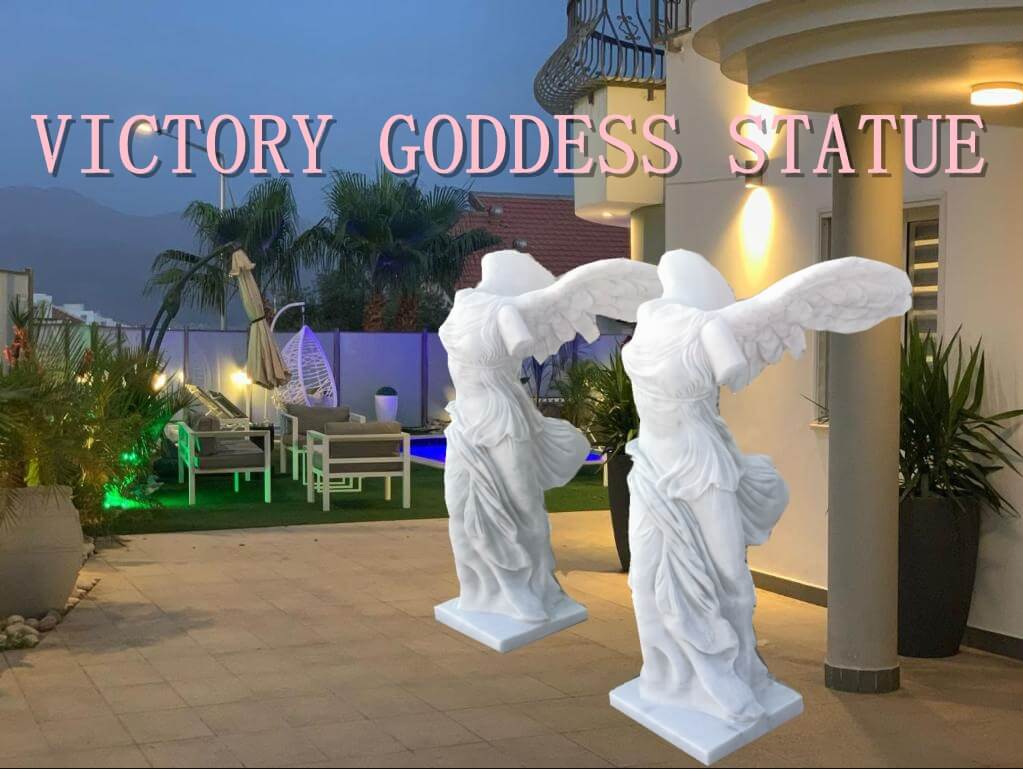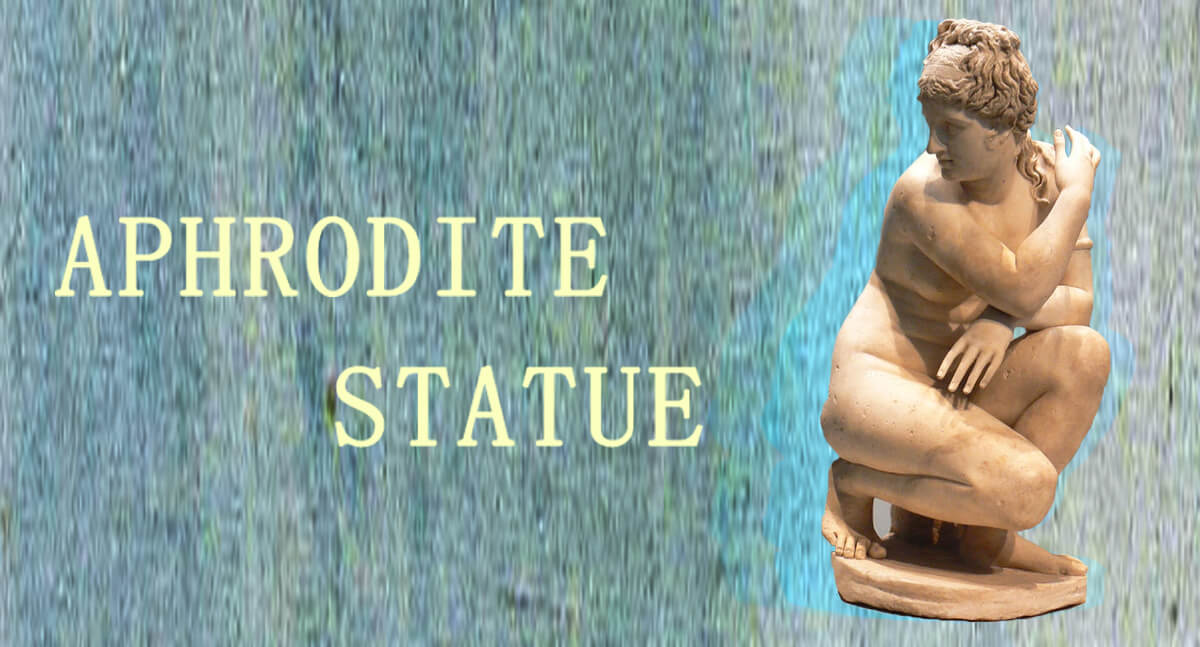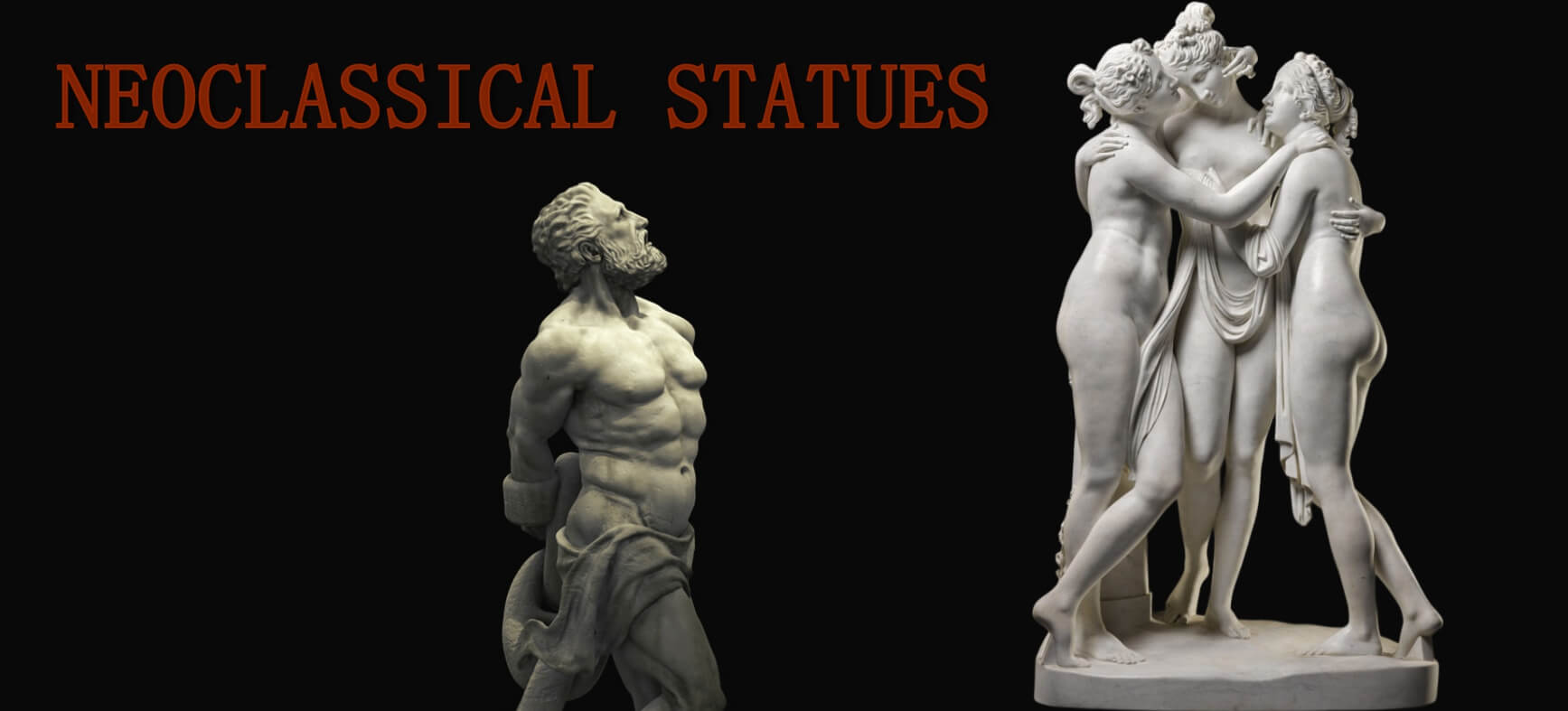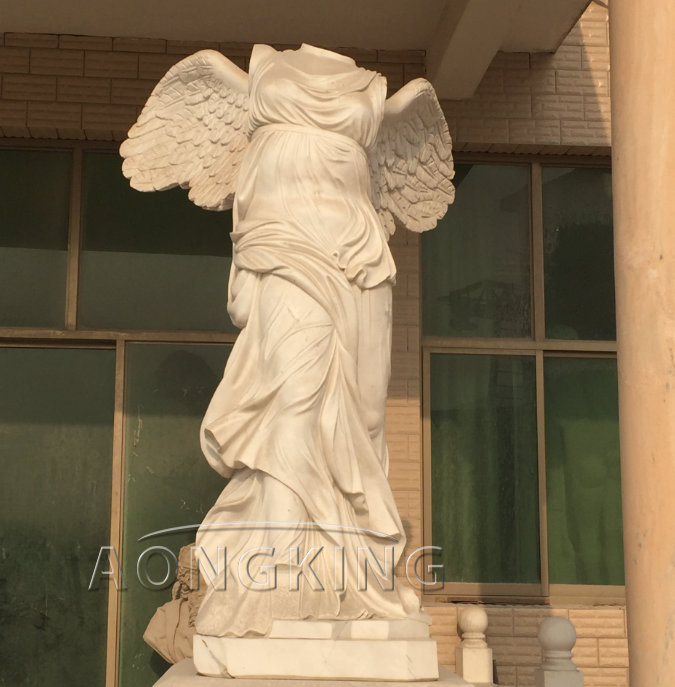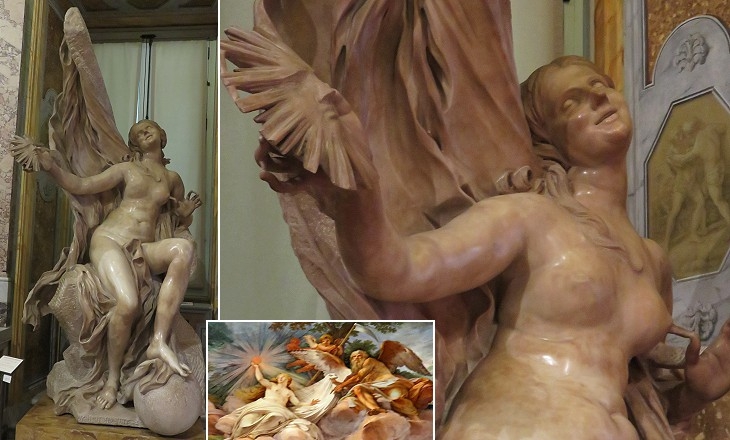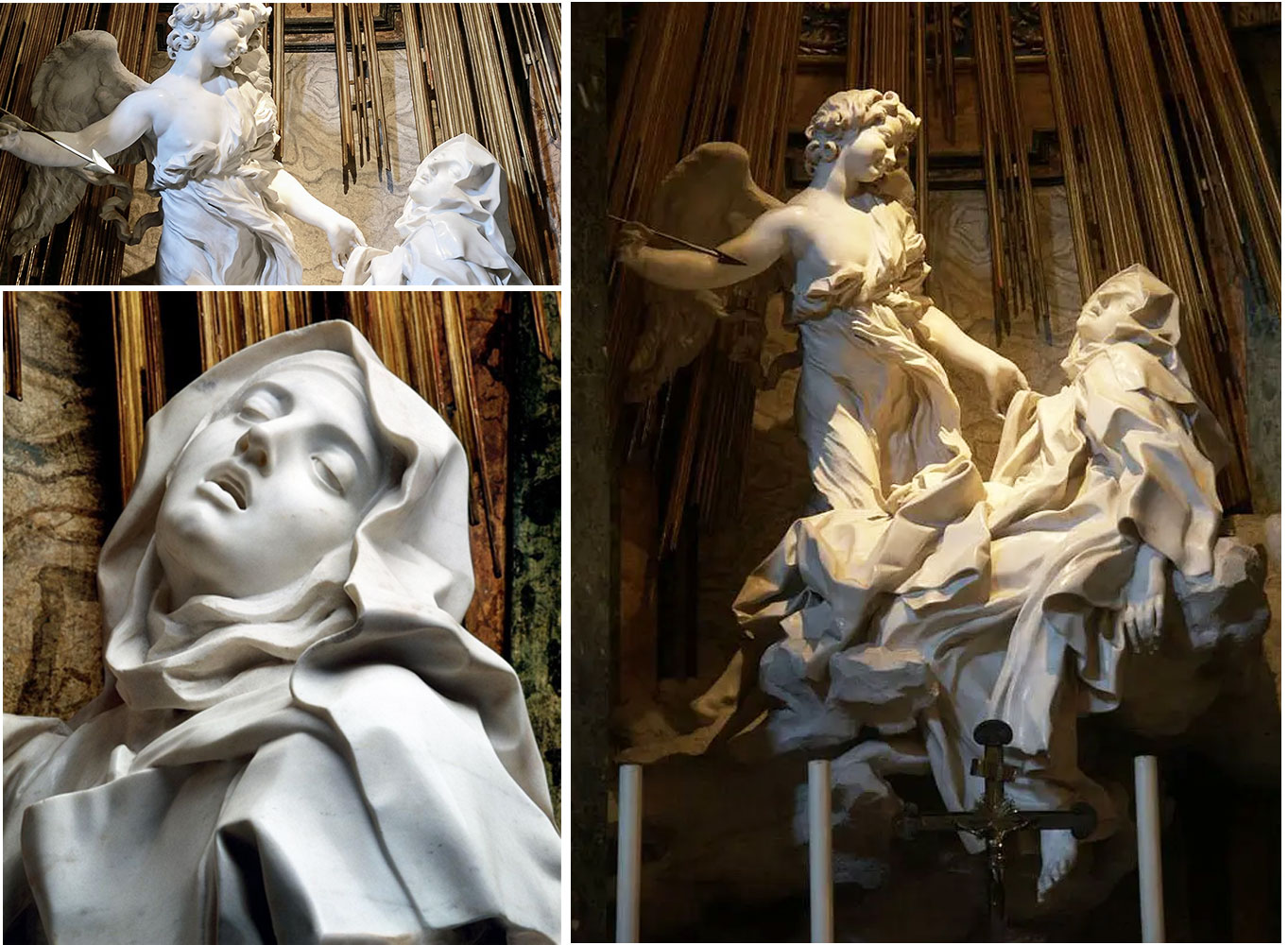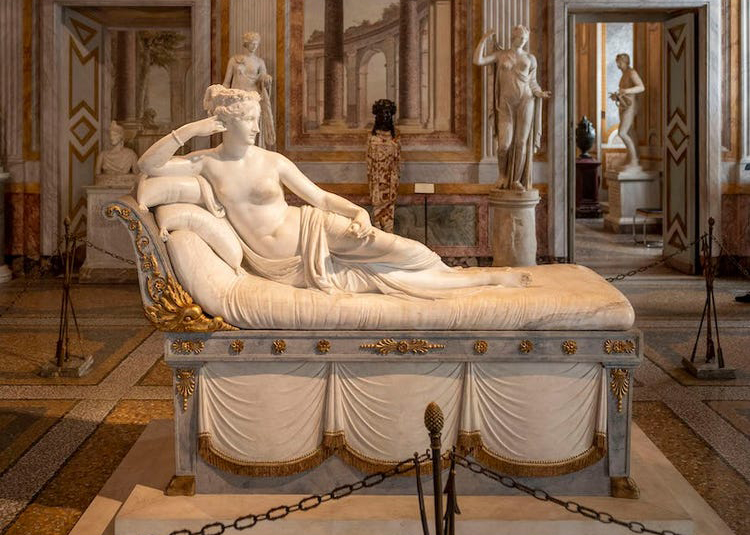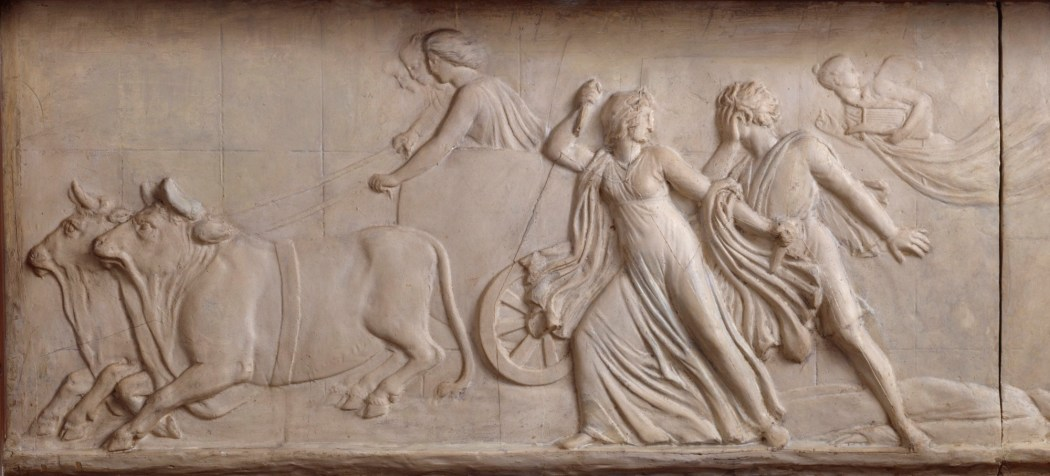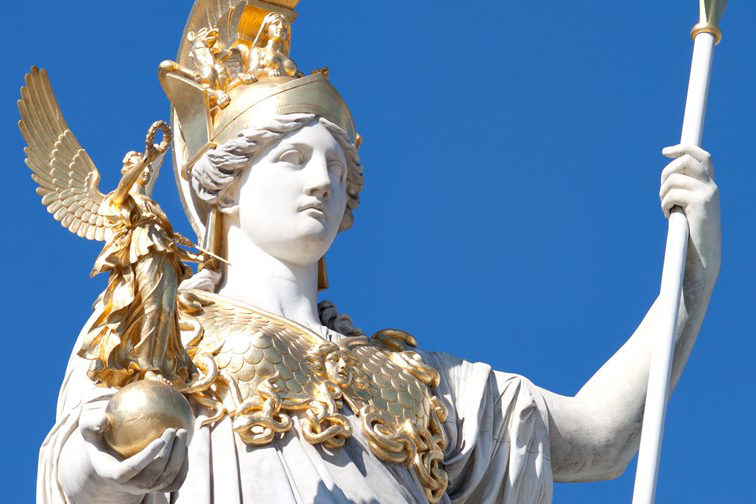Throughout the thousand-year history of sculpture art, sculptors have tried various materials. Although the sculptures made by casting bronze, wood carving, and terracotta firing have brought a lasting impression to people. But no material is as fascinating as Ancient Marble Statues.
Ancient Marble Statue artwork is common in ancient and contemporary art. It occupies a prominent position in many art movements in history. Marble sculpture is one of the most famous sculptures in the world. Here, we trace the evolution of the marble art form in history, show the historical practice of sculptors, and prove its eternal and popular characteristic charm.
Thousands of years ago, the artist chose marble, a metamorphic rock. Because it is soft, easy to engrave and the surface has a translucent beauty. In ancient Mesopotamia, marble was used to create animal crude models (naturalism and anthropomorphism) and figures image. Although other media such as limestone, diorite, and terracotta are used more frequently. It’s the beginning of Ancient Marble Statues.
Similarly, the ancient Egyptians used a variety of stones in art. Although limestone and granite are their media of choice, they occasionally use marble to make pharaoh statues and the tombs of gods and guardians. Like the Mesopotamian figures that appeared before, these ancient marble statues are primitive in design, showing flat and stylized outlines, rather than realistic forms or realistic details.
During the period of ancient Greek art (8th century BC-500 BC), artists began to show more and more interest in marble. Although the realism of the rendering is more real than the sculptures of previous periods, the marble figures at this time are not naturalistic, because their expressions remain relatively stoic and their poses convey few movements. The Ancient Marble Statue was in its earliest form.
In the classical period of Greece (500 BC to 323 BC), ancient marble statues began to rise. With the unprecedented interest in naturalistic expression, classical artists began to skillfully shape beautiful independent figures and reliefs, showing amazing attention to detail, idealized anatomical perception, and exquisite chiseling techniques. At this time, Greek artists often chose to show their talents through drapery, representing wearing and hanging fabrics through intricate carvings.
During the Hellenistic period (323 BC-31 AD), Greek artists built on these advancements and produced increasingly expressive and naturalistic works. Many famous Greek ancient marble statues, including Laocoon and his sons, the victory of Samothrace, and the Venus of Milo are from this era.
Ancient Roman sculptors are mainly known for two types of marble sculptures: portraits or busts, and marble replicas of Greek bronzes.
In the Republican era, artists carved realistic portraits of people from the chest or neck, including political leaders, military officials, and historians. These life-size works are called busts and are known for their impressive naturalistic appearance.
During the Roman Empire, marble replicas from Greek bronze sculptures became more and more popular. Because of the Greco-Roman conquest, it was influenced by the Greek style of Roman art in the first century BC (British Museum). In many cases, these marble replicas are especially important to art historians, because many bronzes muses no longer exist.
Middle Ages
In the Middle Ages (5th to 15th centuries), Italian artists continued to use marble from local quarries or sculptures rescued from ancient ruins. Unlike ancient sculptors, medieval marble artists rejected realism and favored naive stylized depictions. Likewise, they tend to create religious works, such as figurines and altarpieces decorated with relief carvings, rather than life-size figures rooted in mythological or secular themes.
Andrea da Giona, “Altarpiece with Christ, St. John the Baptist and St. Margarita” (1434)
Outside of Italy, sculptors are also interested in this subject. They also create a lot of ancient marble statues of this theme. However, they prefer to use ivory, stone, and wood because marble is difficult to enter and costs more.
Renaissance
During the Renaissance (14th-17th centuries), artists from all over Europe developed a new interest in classical art. One of the elements of the revival of artists during the Renaissance was the preference for marble, which eventually make ancient marble statues became some of the most famous sculptures in the world.
Italian Renaissance
During the Italian Renaissance, enlightened artists once again developed an aesthetic interest in naturalism. Although most of these artists resembled Leonardo and Botticelli-mainly generating paintings and drawings, Michelangelo also served as a sculptor. Using marble as his preferred medium, he mastered the art of monumental works, including his iconic statue of David.
Northern Renaissance
Like the artists of the Italian Renaissance, the characters of the Northern Renaissance found inspiration in the timeless aesthetic of classic antiquity. Although sculptors still mainly use wood, some also dabble in marble. One of the highlights of early Northern Renaissance ancient marble statues is the Well of Moses, a large-scale work by Claus Slute, showing his sculptures through flowing drapery and expressive details skill.
Baroque
After the Renaissance, the Baroque movement (from the end of the 18th century to the end of the 18th century) swept across Europe. This unique period is characterized by an interest in depicting dramatic themes with a highly gorgeous and refined aesthetic. Ancient marble statues made during this period embody this approach. Artists such as Gian Lorenzo Bernini focus on finely carved figures that are set in a gorgeous environment and convey a sense of rotating movement.
Modern Art
During the modern art movement, figurative marble sculpture remained popular thanks to the work of Auguste Rodin, whose works of extraordinary life demonstrated the skill level and anatomical understanding inspired by Michelangelo. “Michelangelo revealed me to me, revealed to me the truth of form,” Rodin explained. “I went to Florence to find what I had in Paris and other places, but he taught me this.”
The modernist artist Constantin Brancusi is also famous for his sculptures. Departing from traditional forms of expression, his fashionable marble fragments combine geometric lines and abstract interest with primitive patterns. At this time, the atmosphere of ancient marble statues reached a new trend
Marble sculptures today
Today, sculptors such as Kevin Francis Gray, Matthew Symonds, and Sibylle Pasch continue to experiment with marble, often looking for creative ways to redesign the craft and modernize classical models. From realistic representations to abstract depictions, these works highlight the versatility and timelessness of ancient media. The historical evolution from Ancient Marble Statues to contemporary marble statues is not only the inspiration of sculpture artists but also the blend of history and art.

